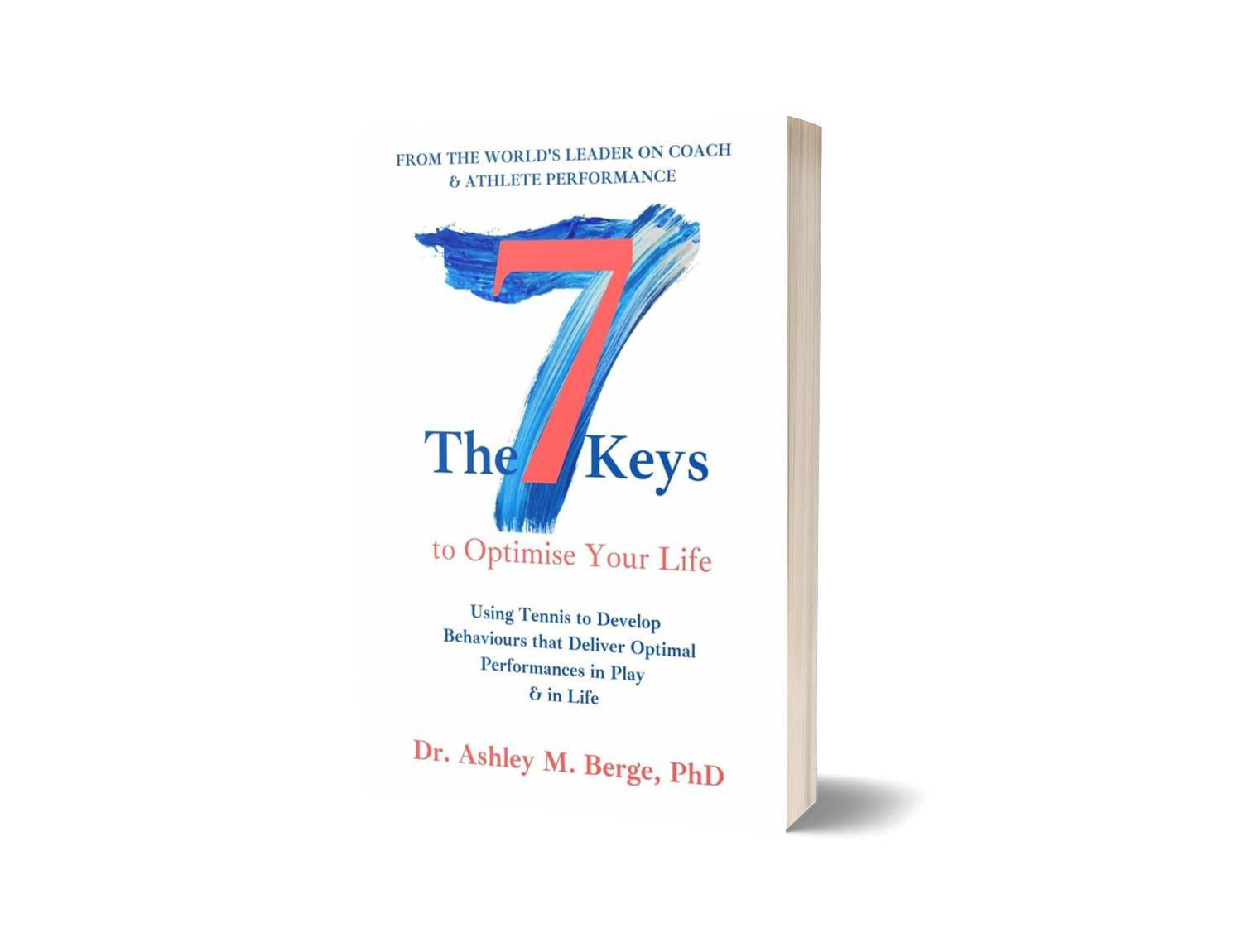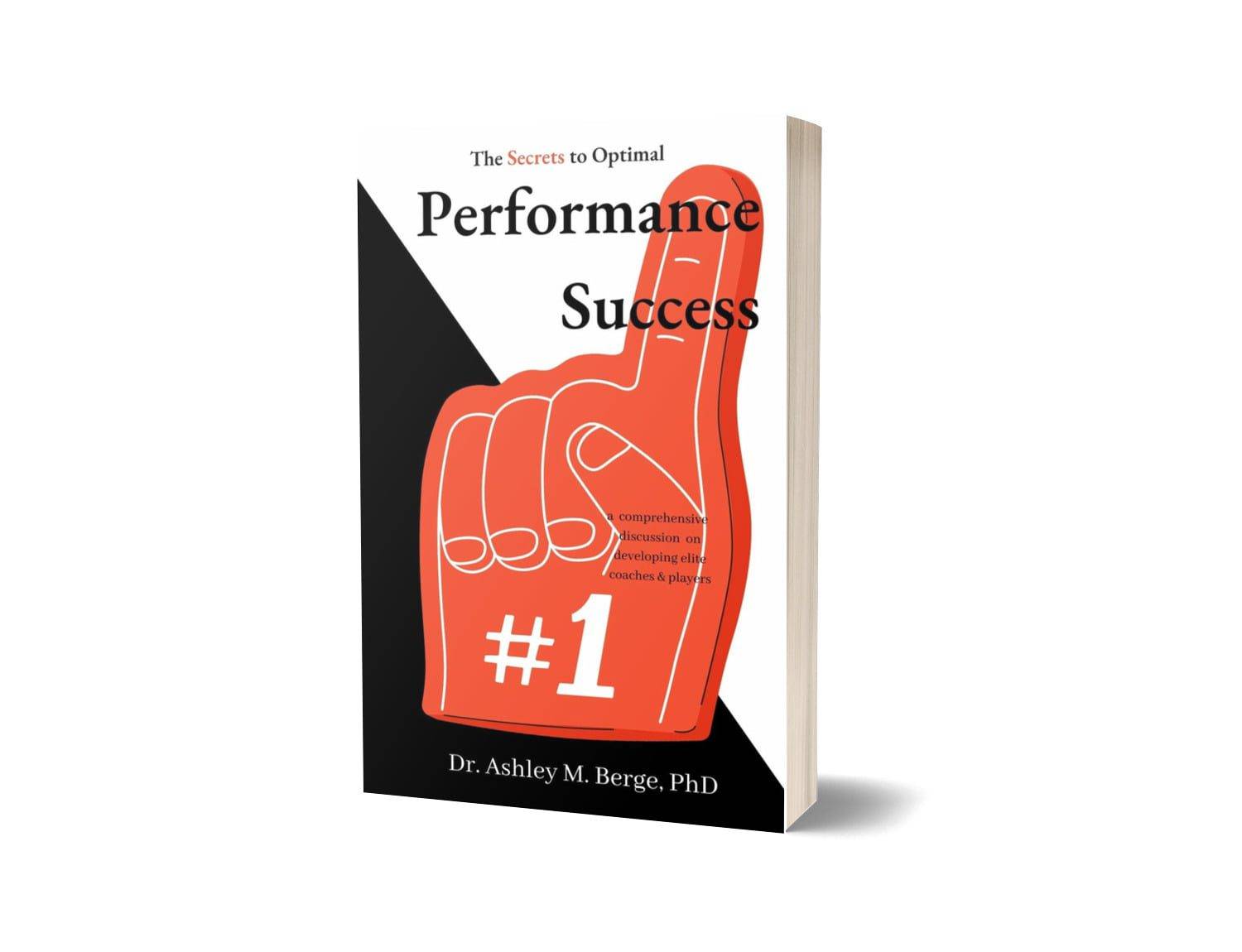
Detailed Summary of Episode 154 – Beyond Top 10 Tennis
📍 LIVE from AM8 International
📚 Powered by: My [Tennis] Work Book + Black Book insights coming to life 🎯
In this high-impact episode, Dr Ashley M. Berge brings you all the 🔥 action, 🎾 results, and 📊 data from around the globe on both the WTA and ATP tours. From the BJK Cup qualifiers to Monte Carlo’s clay battles, this week’s recap is bursting with top-tier performances, surprises, and data-led foresight!
👑 New Book Alert
Dr Berge’s latest release — My [Tennis] Work Book — continues to dominate the data landscape, tracking players already hitting their performance peaks across surfaces. The Black Book 📓 and Work Book 🗂️ data points are referenced throughout — and the results speak for themselves.
🧨 Featured Tournaments:
👩🎤 WTA
- 🇨🇿 BJK Cup – Qualifier results 🏆
- 🇩🇪 Porsche Grand Prix – Germany 💥
- 🇫🇷 Rouen Metropole Open – France 🥐
- 🇵🇹 Oeiras Open – Portugal ☀️
👨🎤 ATP
🇩🇪 BMW Open – Germany (In progress) 🚗
🇲🇨 Rolex Monte Carlo Masters – France (Review) 💎
🇪🇸 Barcelona Open – Spain (In progress) 🏖️
🕰️ Timestamps:
⏱️ 00:00 – 08:15
🎬 Opening Notes
- Welcome from AM8 HQ
- Intro to the Work Book 📘 + how it’s already producing predictive wins
- Outline of today’s coverage across WTA & ATP 🗺️
⏱️ 08:16 – 40:20
🌸 WTA Focus
🇨🇿 BJK Cup Qualifiers
- Full national tie breakdowns 🌍
- Highlights of top performers + emerging talent 🌟
- Doubles shifts & team strategy insights 👯♀️
🔮 WTA Tournaments (In-Progress)
- Porsche Grand Prix 🇩🇪 – Expectation vs seed reality 🔥
- Rouen Open 🇫🇷 – Local stars + deeper draw outlook 💫
- Oeiras Open 🇵🇹 – Lesser-knowns making moves 📈
✨ Data Tracking: Work Book & Black Book players already on the move 🔍
⏱️ 40:21 – 01:12:30
💪 ATP Focus
💎 Monte Carlo Masters (Recap)
- Round of 16 ➡️ Final 🔄
- Alcaraz’s W: Form, power, positioning — all matching predictions 📊
- Musetti (R/u): Great grit, but areas for development 🔍
- Notable underperformers + upsets 🫣
⏱️ 01:12:31 – 01:22:00
🧱 ATP This Week (Previews)
- Barcelona Open 🇪🇸 – Top seed overview + Spanish favs 🇪🇸❤️
- BMW Open 🇩🇪 – Big data tracking for upcoming stars 🕵️♂️
Players monitored for peak surface performance via the Black Book 🔮
⏱️ 01:22:01 – 01:31:00
📘 Work Book + Black Book Spotlight
- Examples where forecasts matched reality 🎯
- Tactical alignment: Alcaraz is hitting peak just in time 🧠
- Musetti’s rise: Work Book trendline confirmation 📈
⏱️ 01:31:01 – End
🎤 Wrap-Up
Reminder to catch the full video on Spotify & YouTube 📺
Congrats to 🏆 Alcaraz & 🤝 Musetti
Recap of the data-backed success seen across both tours
Invite to explore the Work Book, connect via social channels 📱
Note: you just read an automated summary of episode #154 — if you found this helpful and/or pieces were not as accurate as you’d like, please let us know and be mindful that intermittently these automated summaries will be shared for those of you who seek a quick snapshot of our episodes.
To get your very own Black Book and Work Book, head here and/or here. To learn more about our data, predictive analytics and how to optimise your own performance, head on over to AM8 International. To learn more about AM8 International check out our selection of Books and/or options to join Dr B’s Pack to gain exclusive access to the best in the world. Not quite ready? Head on over to Beyond Top 10 Tennis for free access to 150+ episodes directly from Dr Berge of what it really takes to win multiple Grand Slams to securing that Top 10 tennis ranking with new episodes each week. More? Join Dr Berge’s Newsletter on Substack, come say “hi” on Topicthread, X, Spotify, YouTube or Instagram that may very well include quick snippets you can apply in your game, today, or even consider leaving a review on Amazon or Google.






















